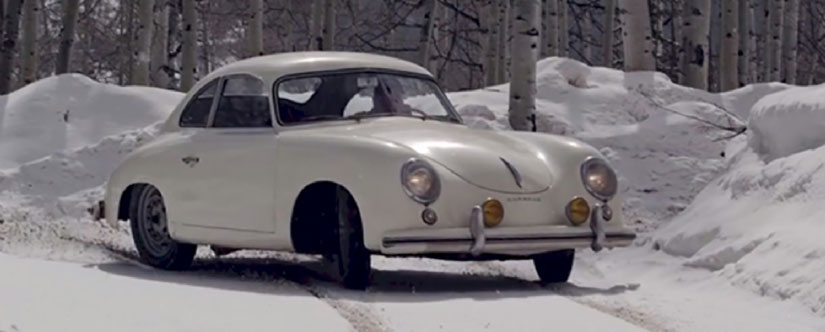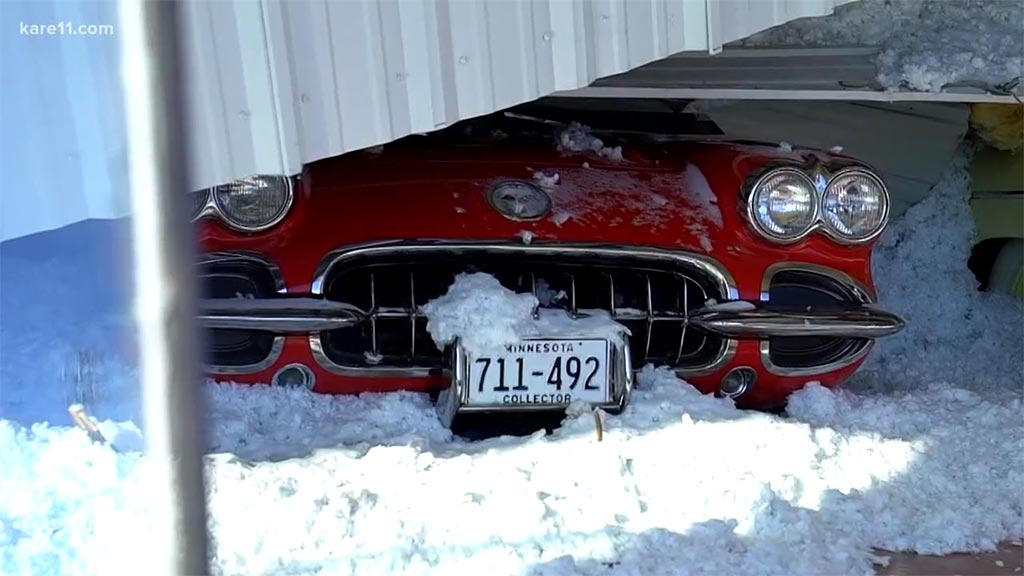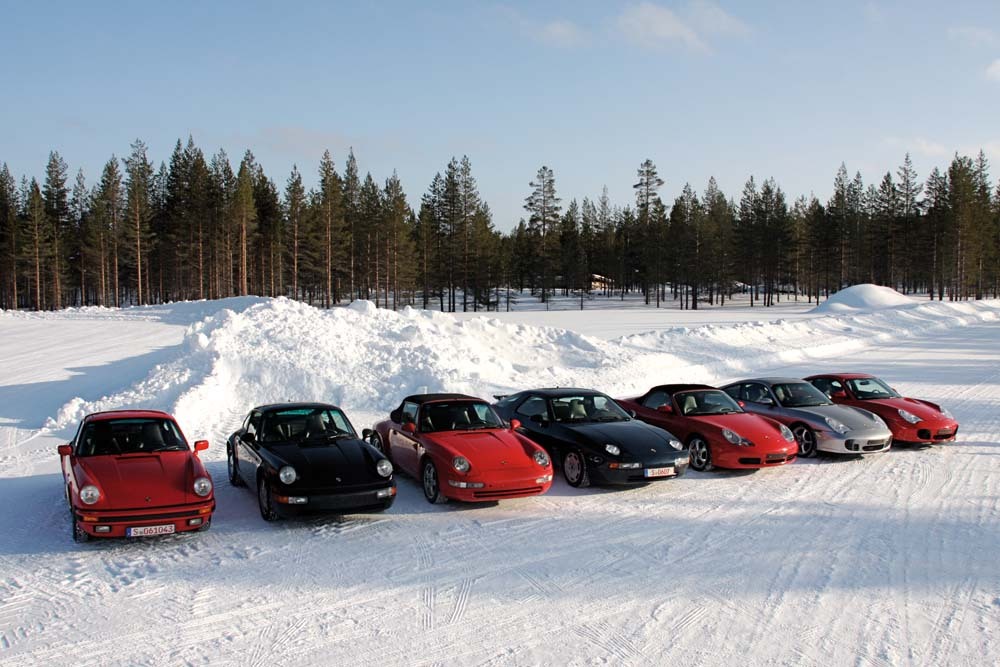As winter casts its icy spell, classic car enthusiasts often face a conundrum – should they tuck their beloved vintage vehicles away until spring or brave the elements for a ride? While the allure of winter driving is undeniable, it requires special care to ensure your classic car remains as pristine as ever. By following these expert tips, you can savor the joys of driving your classic car in the winter while safeguarding its timeless elegance.
1. Preparing Your Classic Car for Winter Adventures
Before embarking on any winter journey, it's crucial to prep your classic car thoroughly. Start by checking the antifreeze levels and ensuring the engine is properly tuned for cold weather operation. Additionally, inspect the battery to guarantee it's equipped to handle the demands of lower temperatures. Consider using winter-grade oils to enhance lubrication in chilly conditions and reduce strain on the engine.

2. Equipping Your Classic Car for Winter Safety
Winter driving poses unique challenges, especially for classic cars. Equip your vehicle with appropriate winter tires that provide better traction and stability on icy roads. Install a set of high-quality snow chains to tackle particularly treacherous terrains. Furthermore, ensure your brakes are in top condition and that all essential fluids are topped up. Creating an emergency kit stocked with blankets, a flashlight, and essential tools could prove invaluable in case of unforeseen circumstances.
3. Adopting Safe Winter Driving Practices
Navigating wintry roads demands a shift in driving strategy. Drive at a reduced speed and maintain a safe distance from other vehicles to accommodate for longer braking distances. Avoid sudden maneuvers and prioritize gentle, smooth driving motions to prevent skidding or loss of control. As visibility tends to decrease during snowfall, verify that all lights are functioning optimally and keep your windshield clean to enhance visibility.

4. Protecting Your Classic Car from the Ravages of Winter
Winter's harsh elements can wreak havoc on your classic car's exterior. Regularly wash your vehicle to remove corrosive salt and grime that accumulates on the undercarriage and body. Apply a protective wax coating to shield the paint from the abrasive effects of road salt and prevent rust formation. Utilize a specialized rust inhibitor to safeguard vulnerable metal components, and store your classic car in a dry, temperature-controlled environment when not in use to mitigate the impact of winter weather.
5. Post-Winter Maintenance and Care
Once the frosty grip of winter subsides, schedule a comprehensive maintenance check for your classic car. Assess for any signs of rust or damage caused by winter conditions and address them promptly. Thoroughly clean the undercarriage and wheel wells to eliminate any residual salt or grime. Conduct a detailed inspection of the engine, brakes, and suspension to ensure optimal functionality and performance.

With these expert tips in mind, you can relish the enchanting experience of driving your classic car in the winter while safeguarding its timeless allure and elegance. Remember, a blend of meticulous preparation, safe driving practices, and diligent maintenance can help preserve the cherished legacy of your classic car for generations to come.














































































